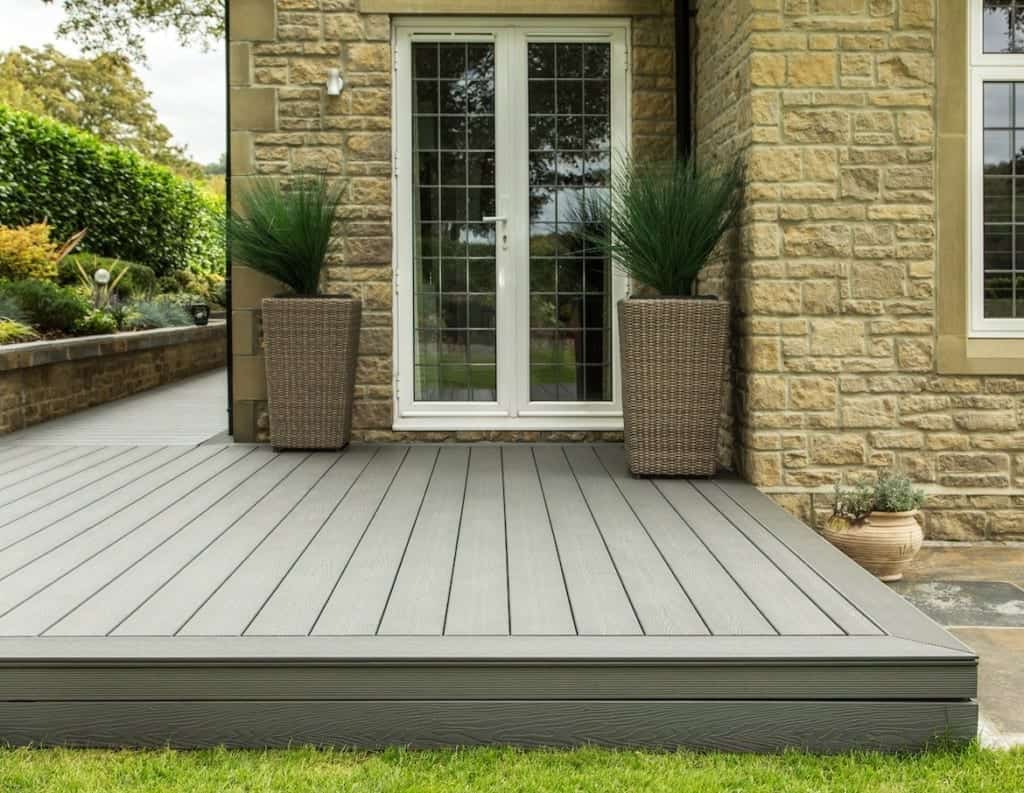Here we outline 6 top tips to ensure that your timber subframe remains safe and stable for longer.
To ensure that your deck stays solid and steady, we share several tips to follow when installing composite decking onto a wooden subframe.

We found that the average timber subframe lasts approximately 8-10 years. So, you can understand why we are often baffled when customers of ours opt to install our long-life composite decking (which comes with a 25-year residential warranty) onto this subframe solution. We promote the benefits of using our moisture-resistant composite and recycled plastic subframe options instead.
That being said – we do understand that this is a solution widely used by customers due to the relative cost savings that can be made in the short-term. While there is not a lot that can be done to fully prevent the inevitable damaging effects of moisture on your timber joists, we have outlined 6 top tips that you can follow to prolong these effects – meaning your timber subframe will remain safe and stable for longer.
Need Further Support or Advice?
If you’ve still got questions that have not been answered here, or you would like additional advice,
support or assistance then please give one of our friendly experts a call and we’ll be happy to help.
Just give us a call on 01530 382 180.
